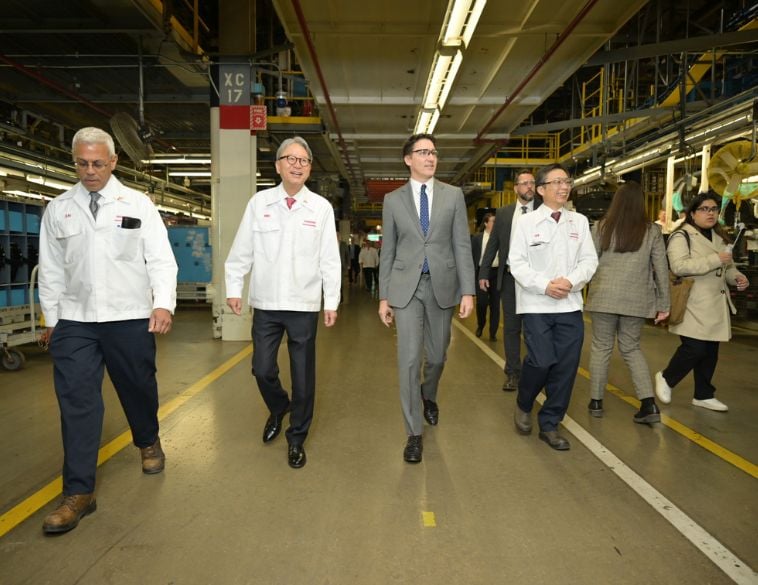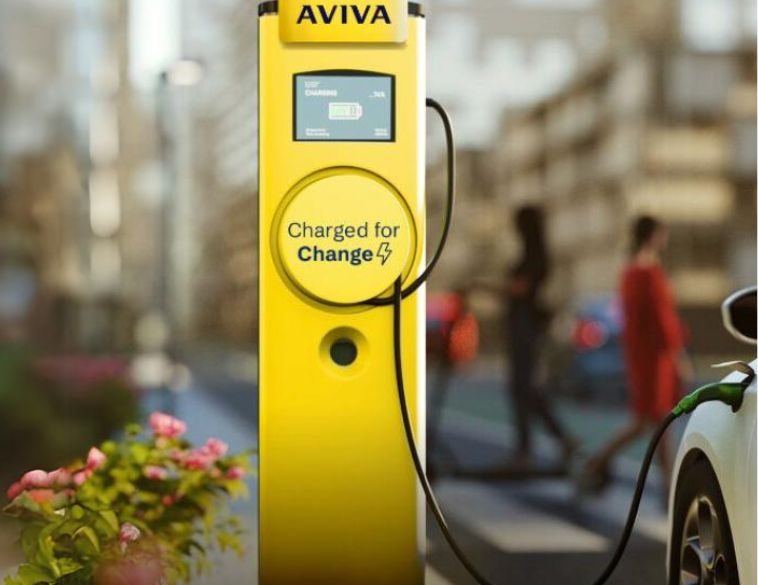The past six months have been some of the most challenging for us all.
That certainly does not relate only to the auto industry, but to all of us around the globe. Each day I remind myself and others around me, that this is a temporary crisis, one which we will overcome. COVID-19 tests our mettle at home and work in every conceivable way.
Solving problems related to this pandemic is our new daily routine. Being open to change and innovative new ways of doing things is how we will make the best of it.
Have you ever met a futurist? I think they have the best jobs going. It’s a great challenge trying to figure out what the world will be like 10, 20 or 50 years from now. I’ve heard many of them speak and share insightful ideas and concepts that their audience simply won’t buy into (eg. where are all the flying cars?).
Possible predictions
Canadian Black Book is asked frequently by clients about what we believe will happen in the future, as it relates to the market, sales, wholesale values and residual values. After all, it is what we do and what we are passionate about.
Let me be bold and take a shot at what I think the future will look like, just a short 36 months from now. Not as an automotive forecaster, but perhaps a bit more like a futurist, at least for today. I should clarify that in doing so, I am assuming we have an effective vaccine sometime in the next year or so, or all bets are off!
First, I would like to outline some of the key numbers at the core of our outlook. In three years, the CBB team expects that sales of new vehicles in Canada will be almost back to the pre-COVID level of about 1.9 million units. For 2020, our outlook remains unchanged since the spring of this year, we expect sales to be down by 25%. In thirty-six months, used car sales (by used car dealers) will be right back to about a billion dollars a month business in Canada. In fact, that business has already rebounded to almost exactly where it was pre-COVID, according to recent data from Statistics Canada.
Vehicle values
Vehicle values are a different story looking into 2023. We expect that values, at wholesale will still be about 2-3% lower than if there had not been a pandemic. Related to that outlook, we further expect that residual values will be about 1% lower (on average, from our initial spring 2020 assessment). This lower RV expectation will make vehicles more expensive to lease for consumers.
These lower values are a product of Canada remaining in a recession, and demand for vehicles being slightly weaker. We may also see lease companies become more risk-averse, given recent volatility, and they may charge a “risk premium” to protect their interests, resulting in a larger monthly payment for consumers. As a result, I expect the amount of leasing in Canada to make a small decline.
There will be fewer used cars available on the market, for model years 2020 through 2023. Why is that? Well, there will not be as many manufactured over the next three years, due to lower new vehicle sales.
Already this year, there have been well over 300,000 fewer cars built. We expect that by the end of the year, there will be 475,000 fewer cars sold and manufactured in Canada. This will constrain used supply for years to come and actually help strengthen prices, over the long term. They would be weaker if it was not for this reduced supply.
Declining fleets
Some of this sales decline will be attributed to lower consumer demand, but also as a result of declining fleets and the decay of the daily rental business. Daily rentals account for over 200,000 new car sales every year. This sector will remain in decline until travel recovers. Air travel is not expected to fully recover until 2024, according to the International Air Travel Association (IATA).
Fleet sales, which account for over 250,000 new vehicle sales in Canada should be well on their way to recovery by 2023. However, the appetite for business investment, I expect will not be back to where it was until the economy is fully and completely recovered. The sum of those two numbers, makes it clear that the industry will have a slow climb back until fleet and rental car sales are recovered.
I also foresee that new car prices (MSRP) will increase over the next few years. The cost of adapting vehicle assembly and parts plants globally, as well as logistics (including dealers) services, will have to be passed to the consumer. If not via higher MSRPs, then funded through lower incentives levels. Product changes directly related to COVID-19 are also to be expected.
Interiors treated with antimicrobial products and more robust HVAC filtration systems, are to be expected as selling points. Plasma cluster ion filtration systems and interior parts permanently treated at the factory with products like Proctor and Gamble’s Microban will become more popular. These new-fangled offerings will obviously not be provided free of charge, leading to noticeable price increases.
More EVs
There will be more Battery Electric Vehicles (BEVs) and Plug-in Battery Electric Vehicles (PHEVs) three years from now. They are all in development, many are delayed several months due to COVID-19, but they are still coming. Consumers may resist paying a premium, but they are required for regulatory compliance reasons globally and therefore will be built, and likely sold with OEM incentives…just wait and see!
By 2023, we will realize a much greater dependency on digital automotive retailing. Retailers will be much more engaged in digital retailing, encouraged by the learned success during COVID-19, and be more willing to invest to make it all work.
The same can be said for the wholesale environment, the auctions. Auctions will be much more engaged in digital wholesale retailing in every way. They have been very successful during the crisis and are unlikely to fully return to the way they once were. I expect in 2023 that there will be vehicles running in lanes, yet not as many and less frequently. Will we attend via virtual reality? Perhaps that is beyond 2023.
Recently I read that General Motors has let employees know they will be working from home until July 2021. The media have reported that many employers have similar plans. With so much work at home activity, the number of collective kilometres driven by Canadians will fall. Statistics Canada finds that the average Canadian drives about 9 km per day to work, which is about 28 billion commuter km per year. Even if only one in ten Canadians continue to work at home that is a massive number of fewer kilometres driven. As a side effect, this will improve the quality of used car inventories. With so many people working from home, and some permanently, it is foreseeable that families may downsize their own fleet or keep vehicles for longer as they will last longer.
A shift from transit
Offsetting the fleet shrinkage for those that chose to work at home, I expect that some consumers will leave ride-sharing services and transit behind, making the leap to auto ownership for health reasons. This option does not work for everyone but will for some. After we have a vaccine, some of the same people may switch back to rideshare and transit.
In conclusion, I would like to share a quote that I am quite fond of, from Bill Gates who knows a thing or two about change. Bill says, “We always overestimate the change that will occur in the next two years and underestimate the change that will occur in the next ten. Don’t let yourself be lulled into inaction.” Ask yourself what you can do to be part of the change in a positive way; how can you best prepare your business for 2023?



